How CRM and Safety Systems Shape Non-Scheduled Aviation under RAAC 135
In contemporary aeronautics, much has been debated about human factors, operational safety, and CRM, especially in relation to commercial aviation. This article addresses these disciplines within the context of general aviation, specifically in operations regulated by RAAC 135. The performance of pilots and crew members in non-scheduled air transport companies is a critical component for ensuring the safety, efficiency, and effectiveness of operations, both in executive and medical flights, where the latter presents higher risks and operational demands.
The regulation of the Safety Management System (SMS) in RAAC 135 follows international standards established by ICAO in Annex 19, which details the requirements for implementing and monitoring an SMS in aviation. At the national level, ANAC (National Civil Aviation Administration) oversees its compliance, supported by the DNSO (National Department of Operational Safety) and POI (Principal Operations Inspectors), who audit the operations of non-scheduled airlines.
Internally, each company’s operational safety manager is responsible for developing, implementing, and maintaining the SMS, ensuring the identification and management of operational risks, promoting a safety culture, and guaranteeing compliance with local and international regulations.
The implementation of CRM within this complex socio-technical system is essential to minimize risks and ensure mission success. A key question arises: why do we talk about minimizing and not eliminating risks? The answer lies in the nature of the system: the human component is vital and, as such, introduces an inevitable margin of uncertainty. Additionally, risk is intrinsically part of the operational structure; no system can achieve 100% safety due to unforeseen variables and the impossibility of eliminating all risk factors.
For instance, in medical flights, even with the best safety protocols (checklists, notification, and reporting systems), a patient’s health can deteriorate unexpectedly, representing an unanticipated risk that cannot be completely eliminated.
Operational Safety Management
Operational safety management (SMS) is a systemic approach to identifying, assessing, and managing risks associated with aerial operations. In companies under RAAC 135, such as those conducting executive and medical flights, effective SMS implementation is crucial for protecting both passengers’ lives and flight safety. Each company has an Operational Safety Management (OSM) Department responsible for supervising these functions.

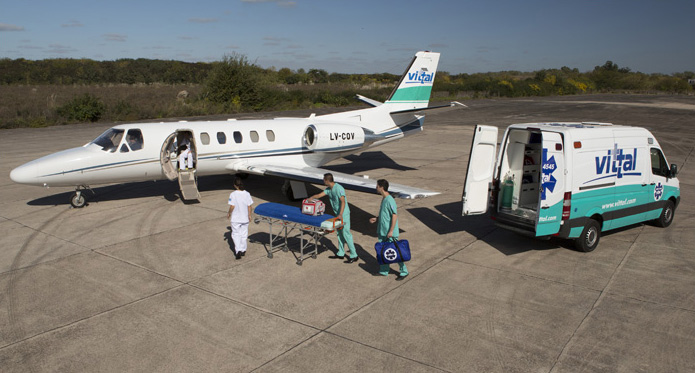
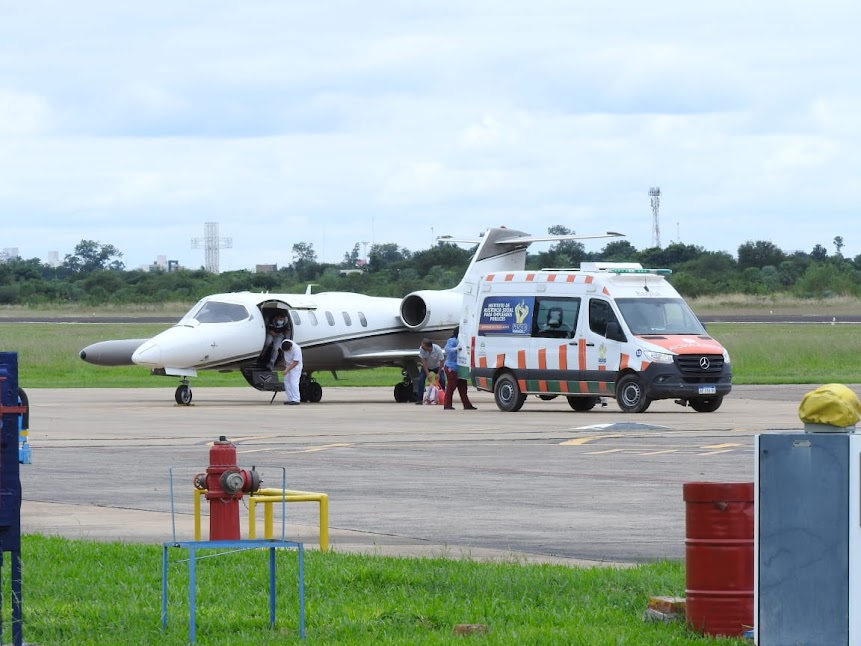
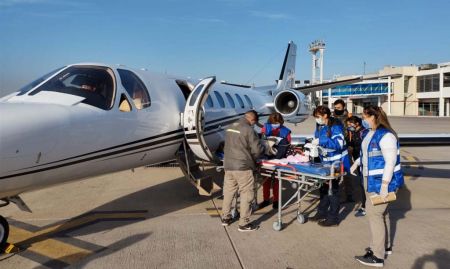
Executive Flights
- Standard operational procedures (SOP): Unlike commercial flights, executive flights often have more flexible itineraries and operate in destinations where commercial aircraft usually do not reach. This requires strict compliance with SOPs, which include managing safety and comfort for passengers with special needs (catering, amenities). Pilots must be certified and trained on the aircraft they operate, considering flight conditions and specific aircraft characteristics. They must also quickly adapt to factors such as marginal weather, limited infrastructure, and multiple logistical coordination tasks.
Medical Flights
- Medical risk assessment: In addition to risks present in executive flights, those associated with the patient’s health are added. The medical team, along with pilots and crew, must ensure the aircraft is prepared to transport critically ill patients.
- Emergency medical management: Managing medical flights requires precise coordination and communication between technical and medical crews. Pilots must operate the aircraft safely while attending to the patient’s needs.


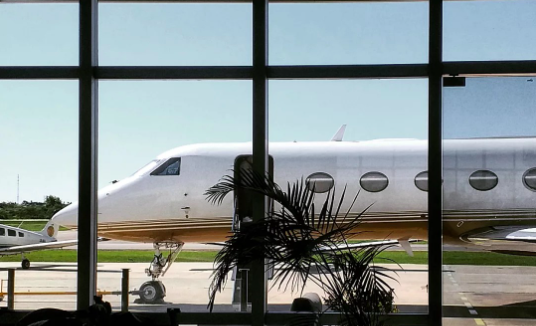
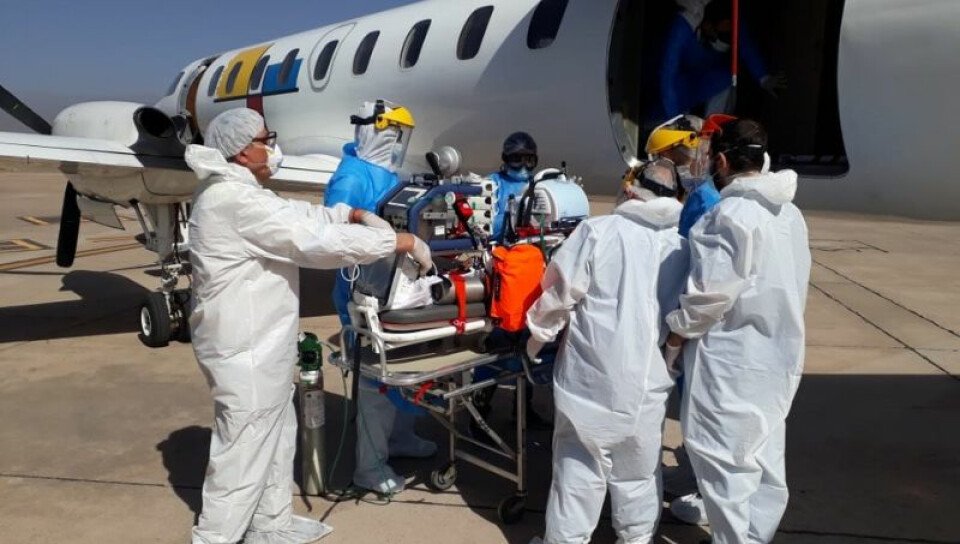
Human Factors and CRM: Essential Elements
Human factors and CRM are fundamental pillars for strengthening the system. Crew members face decisions under pressure and within limited timeframes, managing variables such as fatigue, stress, communication, decision-making, and leadership.
Fatigue and Stress
- Executive flights: Although more flexible, executive flights can generate stress due to the pressure of meeting itineraries and providing world-class service. Night operations or variable schedules also increase the risk of fatigue.
- Medical flights: Fatigue and stress are even more critical as crews must handle medical emergencies in addition to flight demands. Proper fatigue management of medical personnel is vital, given its potential impact on patient care.
Communication and Coordination
Effective communication is essential for operational safety.
- Executive flights: Coordination between pilots and crew ensures the comfort and safety of passengers, who have high expectations regarding service.
- Medical flights: Communication between medical staff and the crew is key. Aspects such as altitude adjustments or changes in the patient’s condition must be clearly reported, as they directly impact flight safety.
Teamwork and CRM
- Executive flights: Teamwork is key to offering a world-class experience. Effective coordination among onboard crew, ground personnel, and other service providers ensures high safety and quality standards.
- Medical flights: In medical flights, CRM is crucial. Doctors, flight nurses, pilots, and cabin crew must operate as a cohesive team, actively collaborating to manage critical situations.
The performance of pilots and crews in RAAC 135 companies, including cabin crew, doctors, and flight nurses, in executive and medical flights depends on effectively integrating several essential components: operational safety management, human factors, and CRM implementation.
- Operational Safety: Risk management, SOP compliance, and continuous assessment of both aeronautical and medical risks are essential for ensuring safe and successful flights.
- Human Factors: Managing fatigue, stress, and effective communication among all team members is critical to minimizing errors and ensuring the safety of both patients and crew.
- CRM: The implementation of CRM enables collaborative and efficient decision-making, which is vital in complex flights such as executive and medical flights, where coordination between the flight team and medical staff is essential to ensure passenger well-being and operational safety.
Proper training and continuous education of all crew members in these aspects are key to achieving exceptional performance in these types of flights, reducing the risk of accidents and incidents. Ensuring effective and safe operations.

/https://aviacionlinecdn.eleco.com.ar/media/2024/12/54430269_10213528521829997_8757099950430486528_n-2.jpg)
Para comentar, debés estar registradoPor favor, iniciá sesión